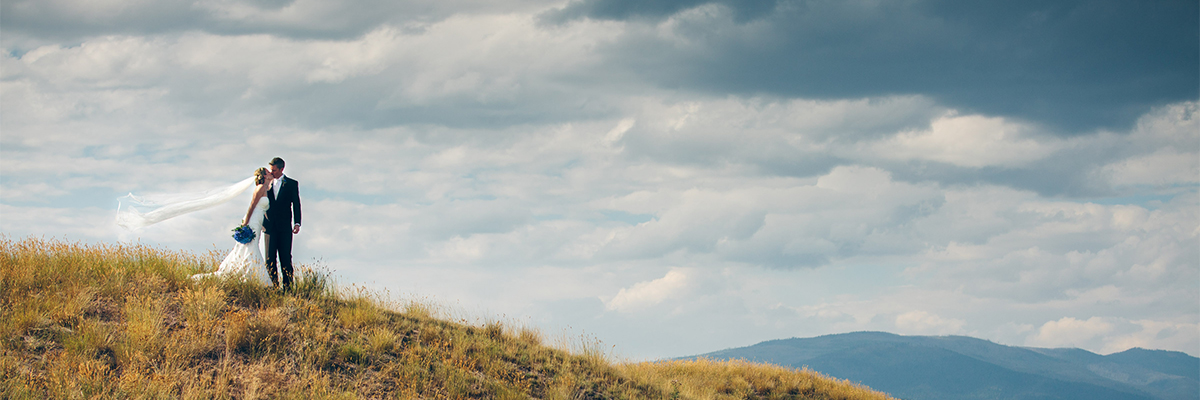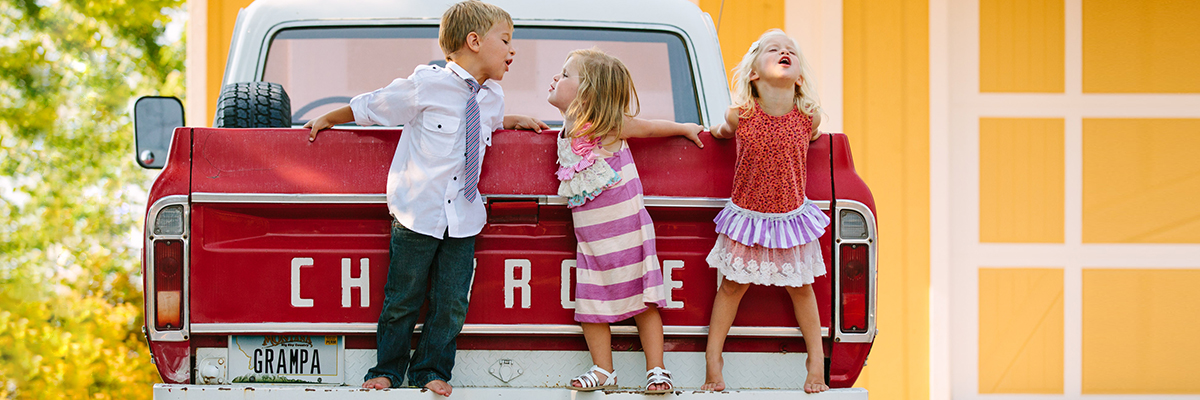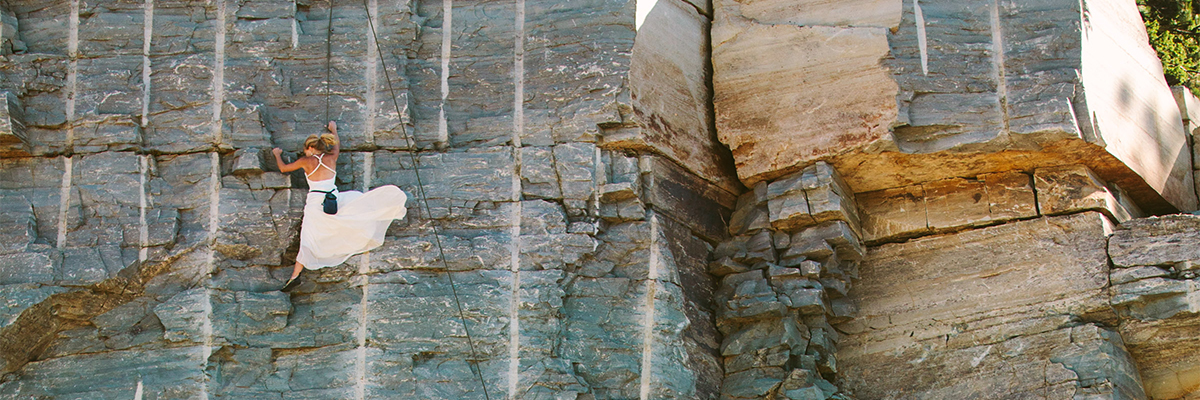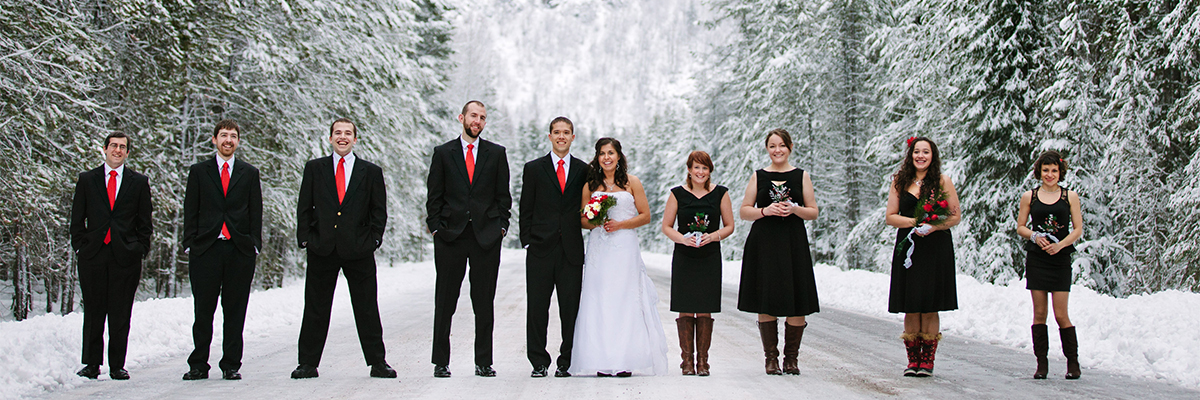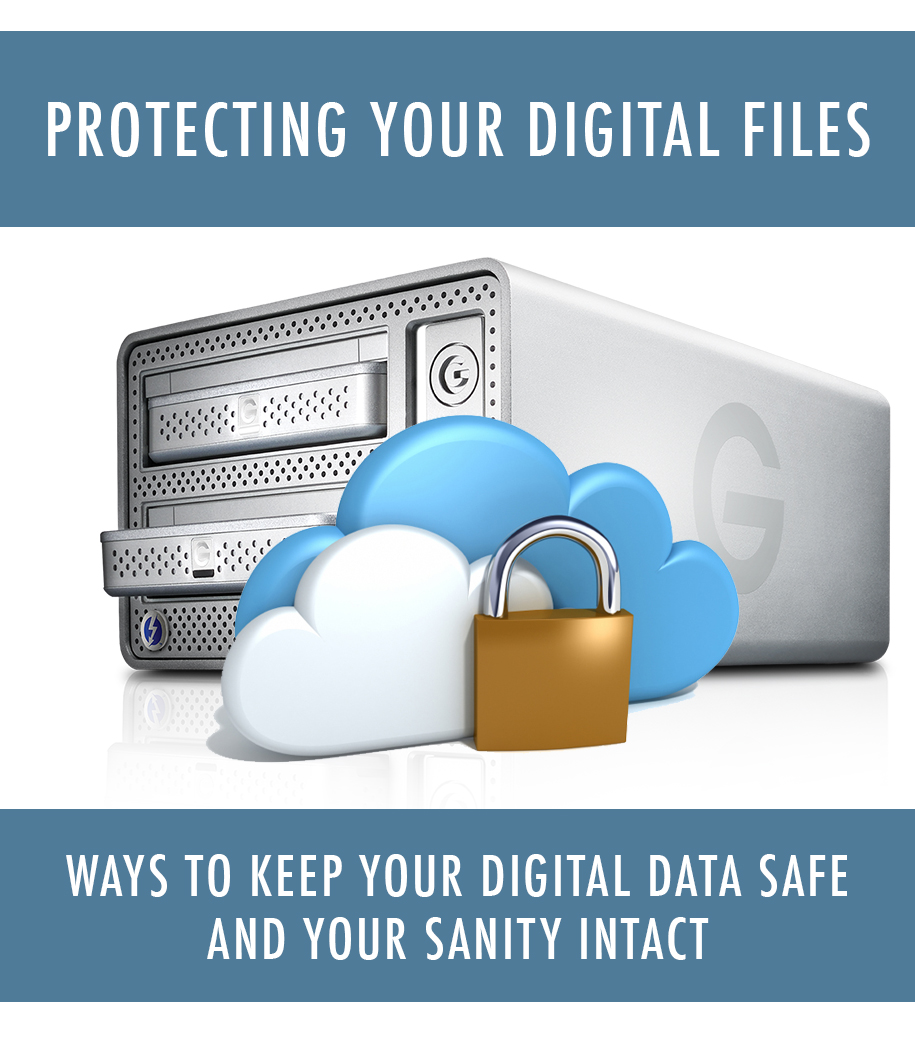
I receive questions about protecting your digital files often enough that I figured it was worth writing a post to tell you about the ways in which I keep my data safe.
The number one thing to realize when it comes to digital files and data is that wherever you’re storing it, that storage option (if it’s mechanical) WILL FAIL. At some point. It might fail way down the road, or it might fail tomorrow, but it will indeed fail. And even if your mechanical storage option doesn’t fail, what if your house floods, or it burns down to the ground, or the Millennium Falcon mistakenly uses your roof as an (unfortunate) landing pad*, or your roommate throws out your hard drive when you move (that one actually happened to me… insert super sad face here), or, or? See where I’m going here…you’ve got to find a way to keep those files safe.
* However, even if my files were lost, I’d still be all about meeting Han Solo and Chewie. Silver lining, right?
So how do you go about backing up your data?
I recommend coming at it from a variety of angles to give yourself as many recovery options as possible.
Backup Step 1: Redundancy
You’ll want multiple copies of your files on different devices at any given moment.
That means that if one device fails, the other will save you. I like to keep my photos and other data on external hard drives. Thankfully, external hard drives are pretty affordable these days and their storage capacity is continually growing as technology gets better and better year after year. My absolutely faaaaavorite external drives are the G-Technology drives, specifically the G-DOCK ev with its expandable storage, since I can back up to multiple drives automatically within this framework, and also pop drives in and out as needed, and easily.
The way I’ve got things set up currently is to have all my photos for each year on their own separate yearly drive (i.e. one drive for 2013 photos, one for 2014 photos, one for 2015 photos, etc.). It’s easy to locate the photos after the year is over or even if I need to dig out photos from previous years (I literally catalog and store my drives after each year wraps up), and it’s an efficient system. Because I shoot so many photos per year, this works well for me. If you’re not running a photo business like I am, you may not need to have an external drive just for photos – you might be able to fit all your data on that drive. And that would work well. But start a new drive for each year. It’s just so much more organized that way. You and your sanity will thank me later for this.
But remember…redundancy is important. Put those photos on that external drive, but make sure they’re backed up to another location as well – for instance, another drive, or something along the lines of the Time Machine feature that Macs offer. Remember, any of your external drives (or heck, even your computer), could fail at any moment. You absolutely NEED to have your data existing in multiple locations.
Backup Step 2: The Cloud
In addition to having my files on multiple external drives, I also back up every single piece of data (both my photos and additional data) into a cloud site. I cannot emphasize enough just how important of a step this is. Yes, it might take a little while initially to back up all your data, but doing this is essential. It’s also pretty much automatic after your initial upload, which makes it even handier.
I personally use a cloud service called CrashPlan, which I’ve been extremely happy with. I used to use another service called Backblaze, and while that worked well, it just wasn’t the best long term solution. Why? Unfortunately, there’s a catch with Backblaze – it will only back up data that’s connected. What does this mean? It’ll back up your computer’s data, and you can also tell it to back up external drives, but, and this is a huge but…it will not back up any drives that are unplugged longer than 30 days (maybe 60, maybe 90? – it’s been a while since I’ve checked on this). But the main point here is that if the external drive (or whatever device it is that you’re backing up) is unplugged for longer than the 30/60/90 day length of time, Backblaze will assume you no longer need those files and they will be deleted.
Yeah, you read that right. Deleted. All those little files so carefully uploaded by you. Deleted. OUCH.
Because I have so many files and so many drives, and because it would be completely ridiculous to have to keep all of those drives plugged in at any given time, Backblaze no longer worked for me.
Enter Crashplan.
Files Never Deleted.
[WAIT WAIT WAIT – HOLD UP. UPDATE: As of 5/6/16 any unplugged drives and their associated files WILL INDEED be deleted off the Crashplan cloud if the drive has not been plugged in every 6 months and recognized by Crashplan. I am INCREDIBLY frustrated by this change. I’m still a fan of Crashplan (though this latest change has really tested my level of fan-dom). And I’m not at all pleased by this change to their service, especially since this means I now have to RE-back up 2 years of files that should have never been removed by Crashplan in the first place, based on their original service plan I signed up for. So, beware this new update. This is a painful discovery to have to make. Crashplan…why?!?!?!]
The great thing about this service is that your files are kept indefinitely, even if you unplug an external drive. You’ll be told that your drive is missing, yes, but as soon as you plug it in again, those files will be recognized, and nothing will have happened to them in the meantime. They will all still be there, existing in un-deleted happiness (can files be happy? – I’d like to pretend they can). And you can still access your files online even if the drive is unplugged. It’s fantastic.
Background Backup.
The other great thing about these cloud backup services is that they backup in the background. You can typically throttle how hard they work (i.e. how heavily they use your internet connection), you can pause them if you need to, and you can tell them what they should and should not back up. (Don’t need to back up applications? Your *love poems? Your *bazillions of selfies? Just tell it to skip those items when backing up.)
*No judgment on love poems or selfies here.
Option for a Quicker Backup.
Crashplan also offers a way to back up your files quickly if you’ve got a lot of them. I believe you can send them a hard drive of files, and they’ll directly upload it to their servers so you don’t have to spend time uploading via your internet connection. After the initial seeding of data has taken place, you can then start backing up online and you’re all set. I didn’t do this option, so I’m not entirely familiar with it, but I’ve heard it’s pretty helpful if you have a ton of files that need to be uploaded to the cloud. I absolutely SHOULD have done this, but I wasn’t aware of this option when getting started with Crashplan.
Affordability.
Crashplan is super affordable. I pay about $60 per year, which is about 16 cents per day. WORTH IT, WORTH IT, WORTH IT. Please do not tell me it’s not affordable. I will arm wrestle you, and trust me, you don’t want to mess with these camera-toned biceps.
I’m still sick to my stomach that my one hard drive that I completely lost (or, more specifically, that my roommate accidentally threw out while helping me move) had not been uploaded to the cloud. I’ll never get those photos back. I lost about 5 years of memories because of that (all personal and no business stuff, but boy, does that STILL sting). If those files had been backed up on a cloud site, I could have either easily downloaded the files I wanted to retrieve, or I could have requested that the cloud site send me an external drive with my files loaded onto them (for a fee since you’ve got to pay for the drive they’ll send you – typically around $300 for all your files).
Access to Files in the Future.
The other benefit to having your files on the cloud is that there’s a good chance those external hard drives or other storage device you’re using today will be pretty much defunct a few years down the road. Case in point: I used to store my photos on DVDs, slipped into sleeves for safekeeping, and stored away meticulously and carefully. Yeah….that was not a good idea. Many of them are no longer readable by computers, some of them are frighteningly yellow (creepy!), and wouldn’t you know it, fewer and fewer computers even have DVD drives anymore. I’m just thankful I had enough foresight to download the images off of them and get them onto the cloud. Have you started to notice a refrain here? If I hadn’t done that, those files would have been lost completely as the DVDs degraded over the years. Same thing will be true for any current technology. Things change in the technology world, and they change rapidly.
So, in case I haven’t convinced you yet that backing up is a good idea, here are a few arguments I typically hear against backing up data, and here are my responses:
-
But my camera’s files are HUGE! I like to shoot in RAW and those files are gigantic – why should I upload them to the cloud or store them on a drive? Won’t that be expensive and time consuming?
Yes, RAW files are large. Yes, they will take time to upload. Yes, they will take up space on your external drives. But jpegs are compressed files. Those files will degrade over time. Here’s a little analogy: RAW files are like your negatives. They contain THE most amount of information that your photo can provide to you. Jpegs are compressed versions of the RAWS – think of them like a photo copy. The quality isn’t as high, they will do in a pinch, but each time you look at that photo copy in your hand, it gets a little more worn, and it will degrade over time. In my opinion, it’s best to save both your RAWs and jpeg files (or tiff files if you don’t want to have to worry about jpeg compression issues). That way you’ve got the best of both worlds. Storage is cheap. Save them on an external drive. Get them uploaded to the cloud and let your mind rest easy. Just do it. You don’t want to discover 10 years down the road that the one file you want was only saved as a jpeg and it’s completely pixelated and unusable. Or worse, that you didn’t upload anything because you were worried that the file size was just too large. Please….just do yourself a favor and save everything. EVERYTHING. (I promise I am not a hoarder, but I’m a huge believer in “better safe than sorry” when it comes to digital backups.) BACK IT UP.
-
Backing up is a pain. I don’t want to have to think about it.
Then don’t think about it! If you’ve got a Mac, set time machine up with it on an external hard drive. Let it work for you in the background. I believe Crashplan even has a local option that will do something similar if you don’t have access to Time Machine (i.e. you can tell Crashplan to back up to a local external hard drive). Just please don’t make excuses for not backing up. My heart just hurts thinking about you losing your data and files. Trust me, it’s not fun. BACK IT UP.
-
My hard drive/computer/mechanical thingamajigger won’t break. I don’t need to back up my stuff.
Pardon my French here, but BULLSHIT. It will break. Ever heard about this thing called planned obsolescence? It’s real. Ever heard of mechanical things lasting forever? They won’t. And they WILL break and they WILL fail. I’ve had at least 6 drives completely fry over the last several years. If I hadn’t backed them up, my business would have failed right along with those drives, and I would have felt terrible for having lost my clients’ (and my) memories. Please, don’t put your faith in mechanical things. BACK IT UP.
-
My data isn’t that important. It really doesn’t need to be backed up.
Are you freaking kidding me? Give yourself a little credit. Your stuff is important. Your data is important. Your photos are important. You may not realize that now, but when it’s all gone, you’ll suddenly see that many of those things are actually priceless. And they’re likely meaningful and priceless to more than just you. Please don’t be silly or selfish. BACK IT UP.
If you already are backing up your files, that’s fantastic! What kinds of solutions have you found that work well for you?
And if you haven’t backed up those files, I hope you’ve come to the conclusion that your files are worthy of being backed up, that it’s important to do it as soon as possible, and that your life will be infinitely better knowing you’ve got your memories and important information stored away safely. Good luck! And BACK IT UP.
Cheers,
-Kristine
{ Book a Session with Kristine }….{ Join the Facebook page }….{ Visit the Website }
